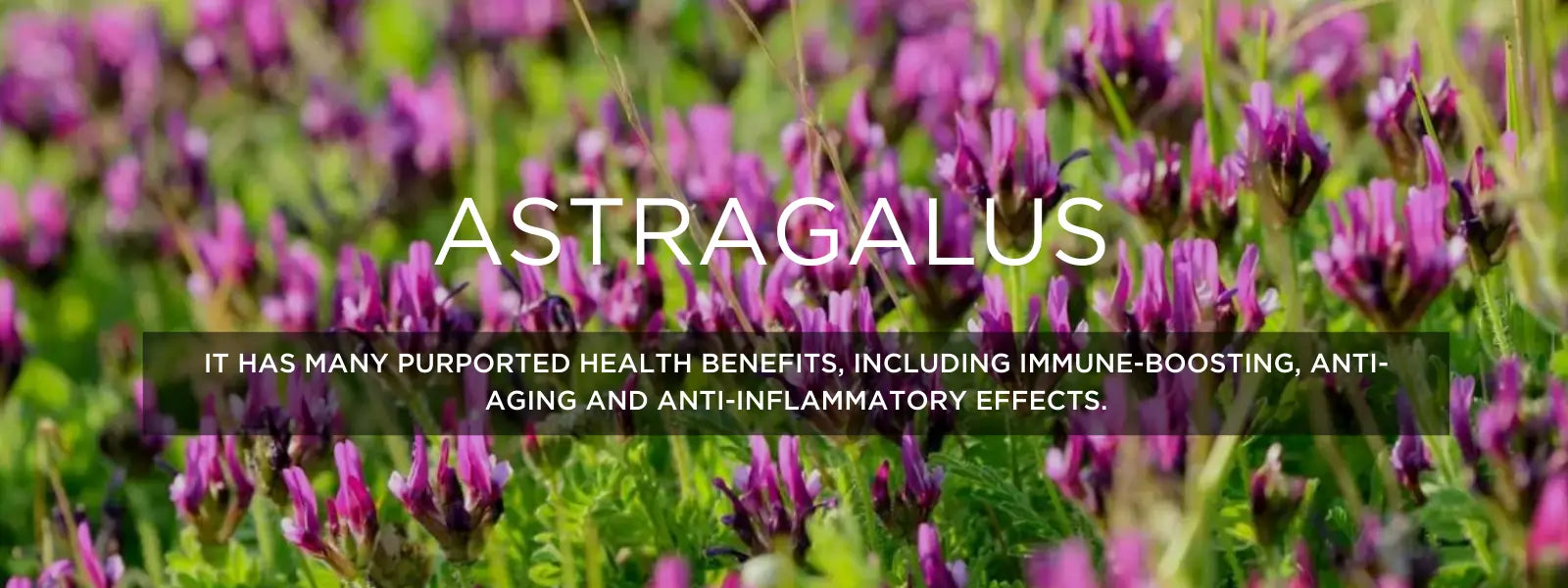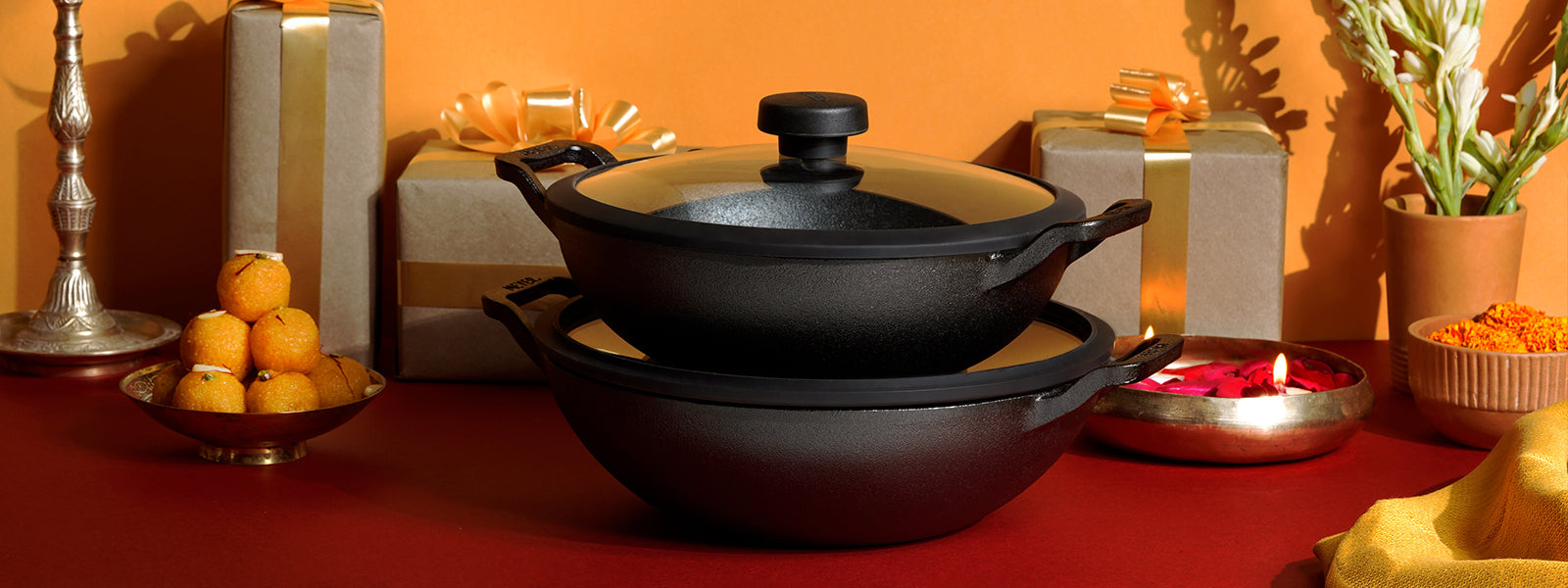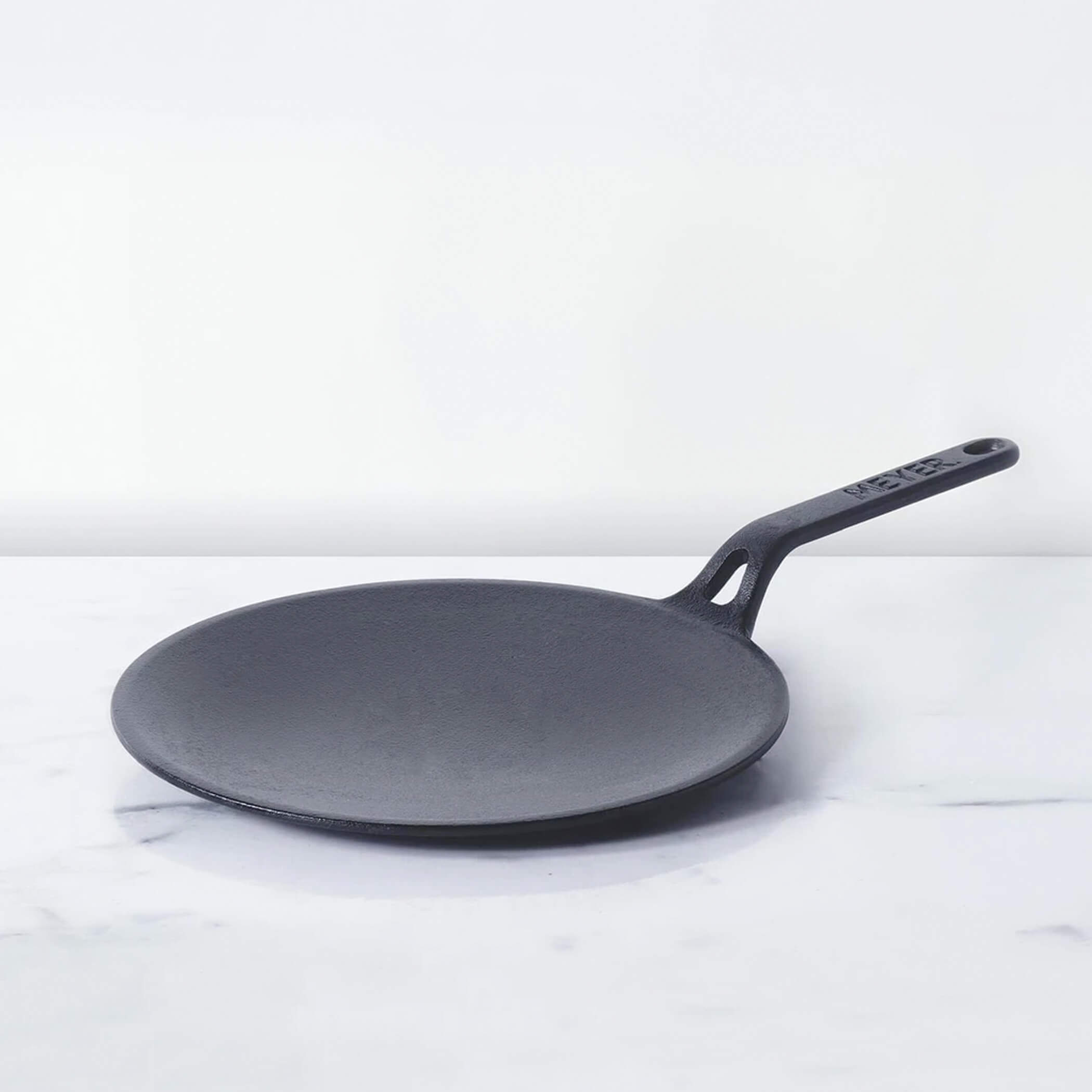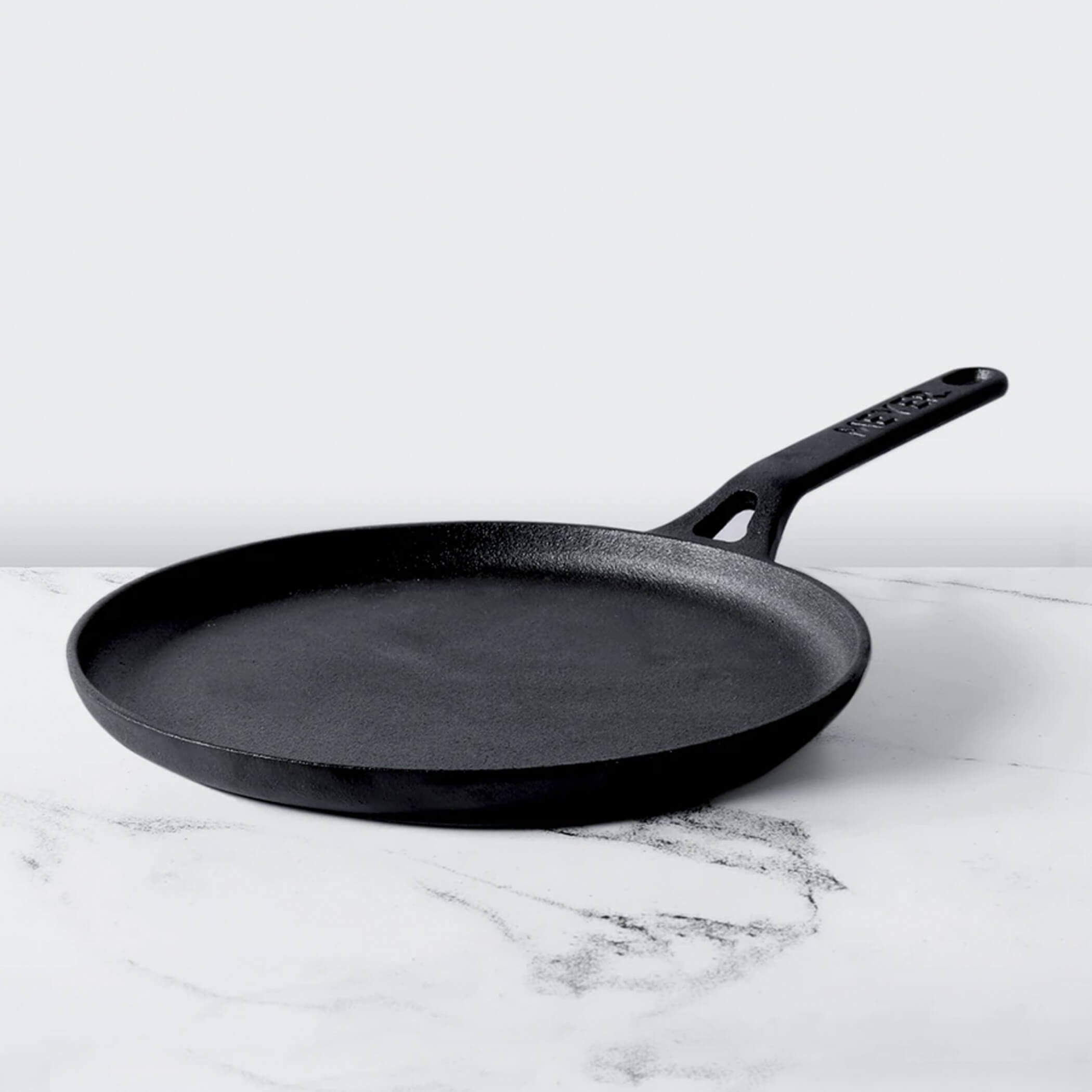Meshashringi, popularly known as Gymnema sylvestre or Gurmar, is an Indian and African woody climbing shrub. Medicine is made from the leaves. Meshashringi has been used in Ayurvedic medicine in India for a long time. The name gurmar in Hindi means "killer of sugar."
Table of Contents
Today, Meshashringi is used to treat coughs, diabetes, metabolic syndrome, and obesity. It is also used to treat malaria and snake bites, speed up digestion, get rid of stools, stop hunger, and make you pee.
What is Meshashringi?
Meshashringi or Gymnema sylvestre is a plant that is used in Ayurveda, which is an ancient Indian form of holistic medicine. The plant is a perennial vine that grows in tropical parts of Africa, Australia, and India. The plant is also called periploca of the woods and Australian cowplant.
In Hindi, Meshashringi is called "gurmar," which means "sugar destroyer." This is because the leaves of Meshashringi have a chemical called "gymnemic acid" that makes sugar taste less sweet. It is thought that diabetes can be helped by taking away the taste of sugar.
Meshashringi may also stop the body from absorbing sugar and fat, which could help treat obesity, diabetes, and high cholesterol.
How does Meshashring work?
Meshashring has chemicals in it that make it harder for the body to absorb sugar. Meshashring may also increase the amount of insulin in the body and the growth of cells in the pancreas, which is where insulin is made.
Key composition of Meshashring:
Meshashring has gymnemic acid in it, which blocks the taste of sugar and makes you want less of it. The herb may also stop glucose and fat from being absorbed in the intestines, which could help treat obesity, diabetes, and high cholesterol.
Health benefits of Meshashring:
Reduces sugar intake:
Taking Meshashring extracts in the form of lozenges, mouthwash, or tea cuts down on how much sugar and calories you eat. Extracts, which were made into a mint lozenge, made people less interested in high-sugar foods and less interested in how good candy tastes. Research also shows that extracts of Meshashringmake people less hungry for sugar. In a double-blind study, people who were given a gymnemic acid lozenge turned down candy more often than those who were given a placebo.
Weight loss:
50 tonnes of Meshashring leaves are eaten every year in Japan to help people lose weight. Early research shows that people who are overweight or obese might lose weight if they take a certain mix of Meshashring extract, hydroxycitric acid, and niacin-bound chromium by mouth for 8 weeks.











Leave a comment